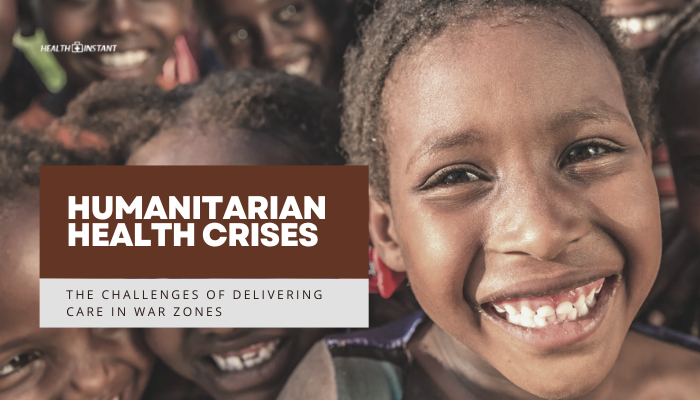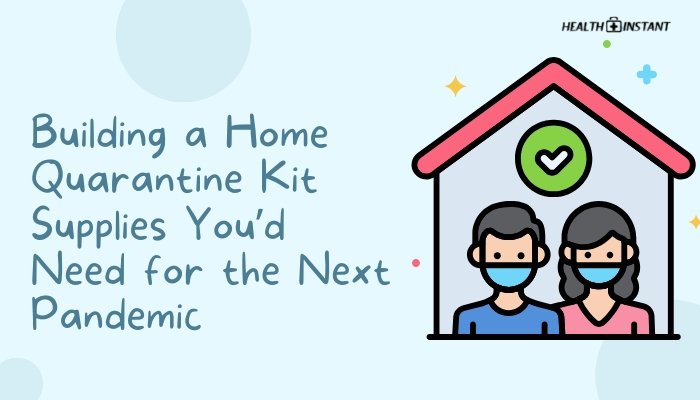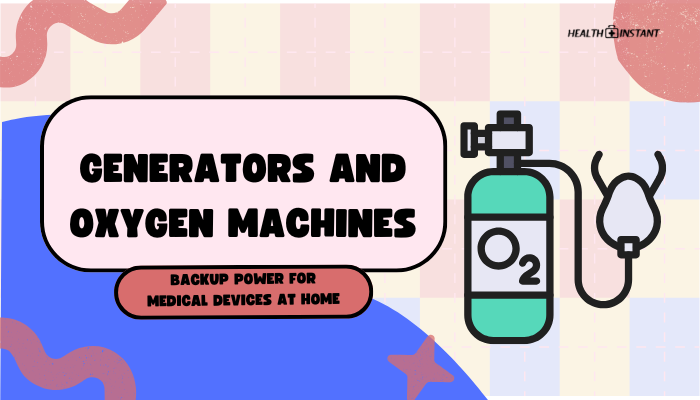Introduction
In regions torn by conflict, providing healthcare transcends normal medical challenges. Facilities may be damaged, supply lines broken, and staff threatened—yet urgent care remains paramount. Organizations like Médecins Sans Frontières (MSF), the International Committee of the Red Cross (ICRC), and local medical groups operate under hazardous conditions to save lives.
This guide explores the major obstacles to delivering healthcare in war zones, strategies used by humanitarian groups, and how global support can improve health outcomes for those most at risk.
Why Healthcare Is Essential in Conflict Zones
- Life-Saving Interventions
War escalates injuries from violence or accidents while diminishing normal clinic functions. - Preventing Disease Outbreaks
Crowded living conditions, poor sanitation, and disrupted immunization can lead to epidemics (e.g., measles, cholera). - Protecting Vulnerable Groups
Women, children, and elderly populations bear disproportionate burdens—maternal care, pediatric nutrition, or chronic disease management become crucial.
Ensuring stable access to healthcare can mitigate the broader humanitarian toll of conflict.
Major Challenges in Delivering Healthcare in War Zones
Security Risks
- Targeting of Hospitals
Health facilities and ambulances may face direct attacks, despite international laws forbidding this. - Threat to Personnel
Doctors and nurses risk abduction or violence from armed groups.
Infrastructure Disruption
- Damaged Facilities
Destruction of hospitals, clinics, roads, and utility services curtails service delivery. - Limited Electricity and Water
Even basic hygiene is harder to maintain, risking infection spread.
Shortage of Medical Personnel and Supplies
- Exodus of Trained Staff
Healthcare workers flee conflict areas, leaving severe shortages. - Supply Chain Interruptions
Medications, vaccines, or equipment can’t reach the frontlines reliably.
Population Displacement
- Refugee and IDP Camps
Overcrowded, unsanitary conditions demand urgent healthcare measures and disease surveillance. - Mobile Populations
Tracking patients for follow-up care or immunizations is complicated by relocation.
Ethical Dilemmas
- Neutrality vs. Pressure
Clinicians may face demands from warring factions or get drawn into resource allocation decisions with moral complexities. - Triaging Mass Casualties
Deciding who gets limited resources first can weigh heavily on staff, ethically and emotionally.
Key Strategies for Providing Care
Neutrality and Impartiality
- Core Humanitarian Principles
Health organizations strive to treat all, regardless of affiliation, earning minimal hostilities from conflicting parties.
Mobile Clinics and Field Hospitals
- Flexibility
They adapt quickly to shifting frontlines and can treat patients closer to their communities. - Rapid Setup
Deployed with tents or shipping-container clinics, bringing essential services where stationary hospitals are unsafe.
Coordination and Partnerships
- Local Health Authorities and NGOs
Collaboration fosters info sharing, supply distribution, and security coordination. - Humanitarian Corridors
Negotiating safe passage for staff and medical convoys through conflict zones.
Training and Capacity Building
- Empowering Local Staff
Teaching advanced trauma care, infection control, or disease surveillance helps communities remain self-reliant. - Train-the-Trainer Programs
Multiplier effects when local personnel cascade newly acquired skills to others.
Protecting Healthcare Workers and Patients
- Recognition of Health as Neutral
Over time, building trust with community leaders and armed groups can deter violence. - Secure Facility Design
Setting up clinics with barriers or safe zones for patient lines to mitigate external threats. - UN/ICRC Advocacy
Diplomatic pressure on combatants to respect the neutrality of medical facilities.
Success Stories and Innovations
- Ebola Clinics in DRC
Despite hostility from some locals, coordinated efforts included specialized training, local engagement, and advanced protective measures. - Polio Vaccination in Conflict Regions
Ceasefires negotiated specifically for immunization campaigns, successfully halting polio in certain hot spots.
Conclusion
Delivering healthcare in war zones demands robust strategies: from ensuring security and collaboration with local communities, to mastering crisis logistics and neutral communication. Despite resource shortages, intimidation, and ongoing conflict, dedicated organizations continue to save lives.
Their resilience and inventive solutions have proven that even under dire conditions, essential healthcare can prevail—offering hope and dignity to vulnerable populations.
References
- World Health Organization (WHO). (2021). Health services in conflict settings guidance.
- Médecins Sans Frontières (MSF). (2020). Operational handbook: delivering health in war zones.
- International Committee of the Red Cross (ICRC). (2019). Protection of health care in armed conflict reports.
- United Nations Office for the Coordination of Humanitarian Affairs (OCHA). (2018). Humanitarian coordination in complex emergencies.
Disclaimer: This guide is for informational purposes and does not substitute official directives from recognized humanitarian agencies or professional medical counsel in conflict settings.







